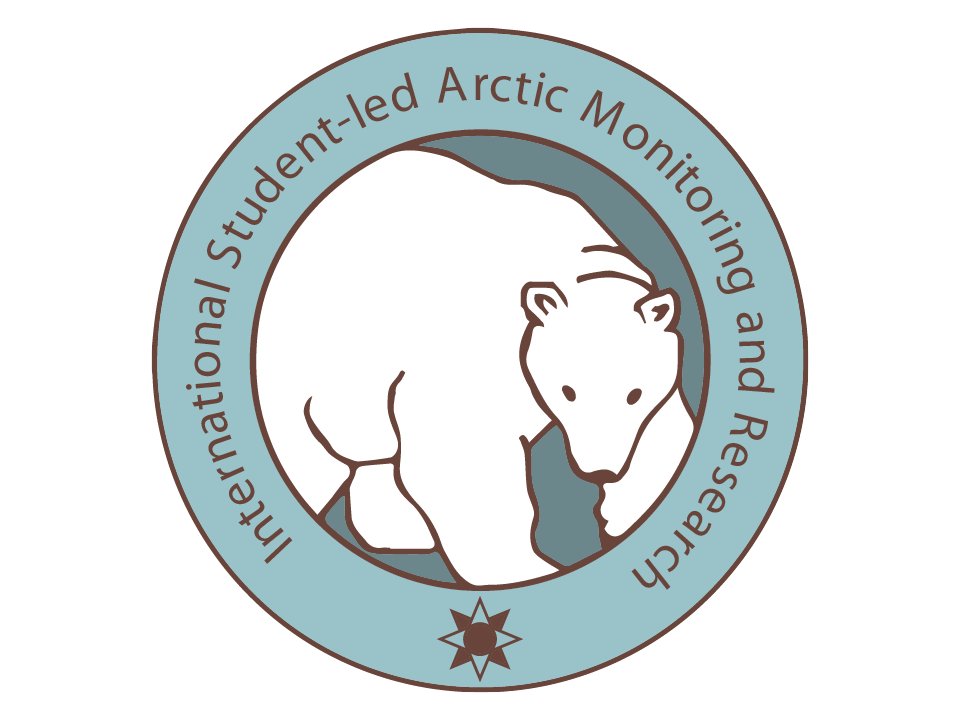The Estuaries Group
The Estuaries group focuses on monitoring biodiversity in estuary environments affected by human impact. Our research includes collecting data from multiple sites ranging from Maryland, Puerto Rico, and Manitoba. We deploy sterile plastic surfaces (biodisks) to allow marine organisms to colonize and grow, then identify and catalog the organisms we find in distinct environments.
Deploy Biodisks
While looking at locations off docks or shores can be easy, trying to get to sites in open water is much more difficult. By using canoes, we can survey areas farther from the shore. For example, in this picture, we are getting ready to put a biodisk in the water.
Organize Biodisks
At select intervals biodisks are removed from the racks in the water and placed in individual Tupperware containers with water from the local environment.
Microscopy
Checking on the biodisks at the Middle Branch Marina, we set up a microscope to take a closer look at the disks and record each disk for future reference.
For More Information…Read On!
Since its conception the ISAMR group has been mainly focused on terrestrial habitats and research. Originally starting working solely in the arctic, we have slowly branched out to look into other areas like Baltimore. One area, however, that was overlooked for a long time was the aquatic environments. ISAMR estuaries seek to fill this gap, and look into how human impact and climate change is impacting our local aquatic ecosystems. While there are numerous different areas of research, and possible studies we are unfortunately confined to looking into a smaller area of focus. Currently our main research project is looking into biodiversity in Maryland, Puerto Rico, and Manitoba. We are doing this through the use of biodisks.
Bio disks are small plastic surfaces in a CD-like disk shape. When placed in a body of water, any organisms that would normally grow on other surfaces like rocks or piers will accumulate on biodisks. This can change throughout the season and location, providing insight into how aquatic ecosystems change. Typically biodisks are left in the water for several weeks to a couple months and are checked regularly. When checking on biodisks two main methods are used to analyze what is occurring on the surfaces of the disks. The first technique is video microscopy. Using cameras attached to microscopes biodisks can be filmed in a (close to) natural environment. The biodisks are removed from the racks which they are normally kept on and placed in individual tupperware containers with water from the local environment. After this the biodisks, in these containers, are placed under the microscope and video is taken from multiple locations on each side of the disk. This is repeated for all of the disks. Later the video collected can be analyzed and organism counts can be performed to find out what is living on the biodisks and in the harbor as a whole.
However, microscopic analysis is only one of the techniques that is used. By taking samples of the matter collected on the biodisks DNA analysis can be run and the organisms on the biodisks can be identified at a genetic level. When both microscopic video and DNA analysis are used together, and compared over different times of year and location, they can provide insight into what is living in aquatic ecosystems and how these ecosystems are changing over time.
This data can also be connected to other studies. For example, one thing that we hope to look into in the future is crab stomach contents. The stomach contents of blue crabs can be analyzed in a similar manner to the samples from biodisks. The DNA information from these two sources can then be compared. This could provide very interesting information about blue crabs' diet, and, using this technique, we could research whether what types of organisms are growing on the biodisks (and in Baltimore harbor in general) has any correlation to what blue crabs are eating.
An ISAMR student recording a video to document and analyze micro-organisms on a biodisk



